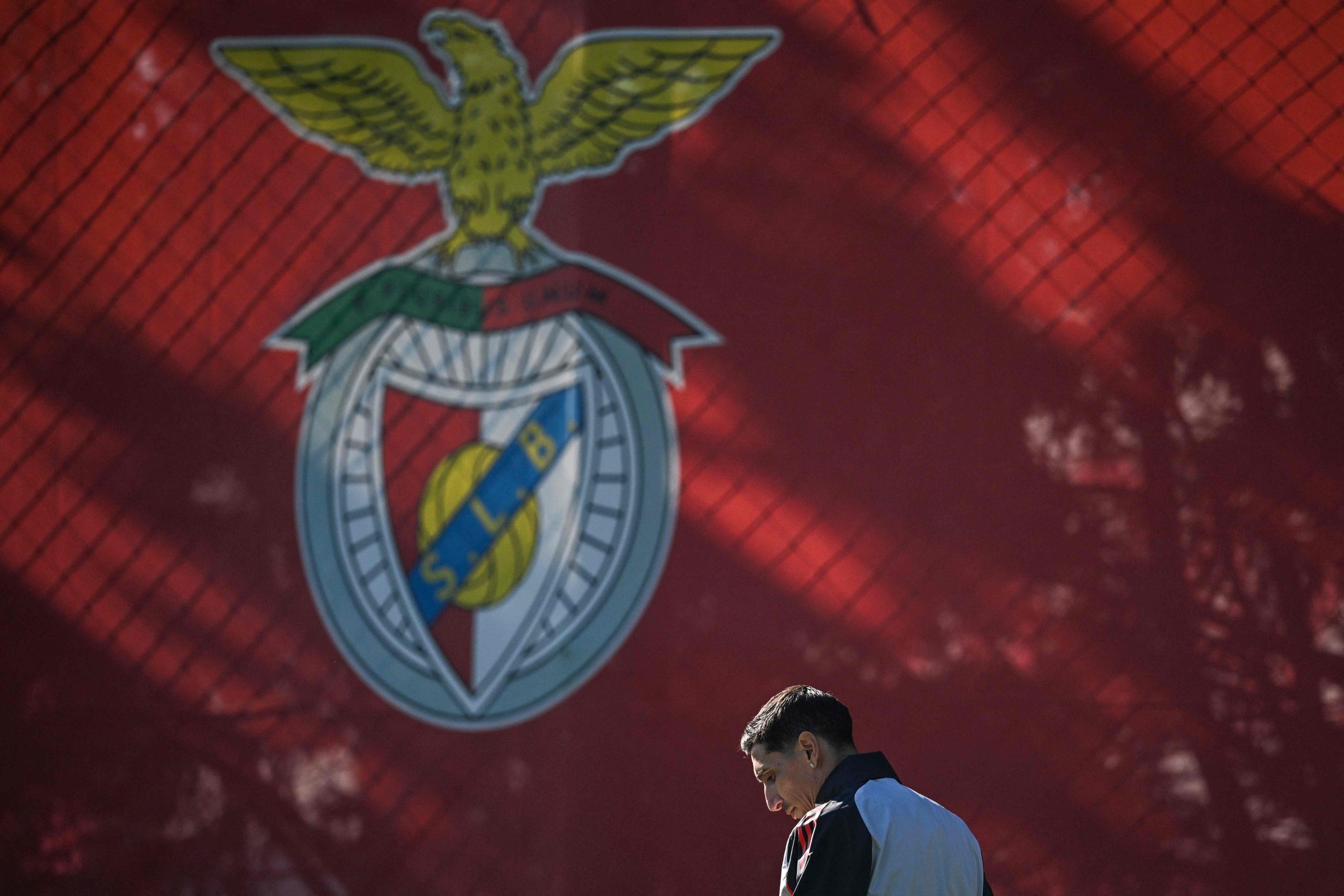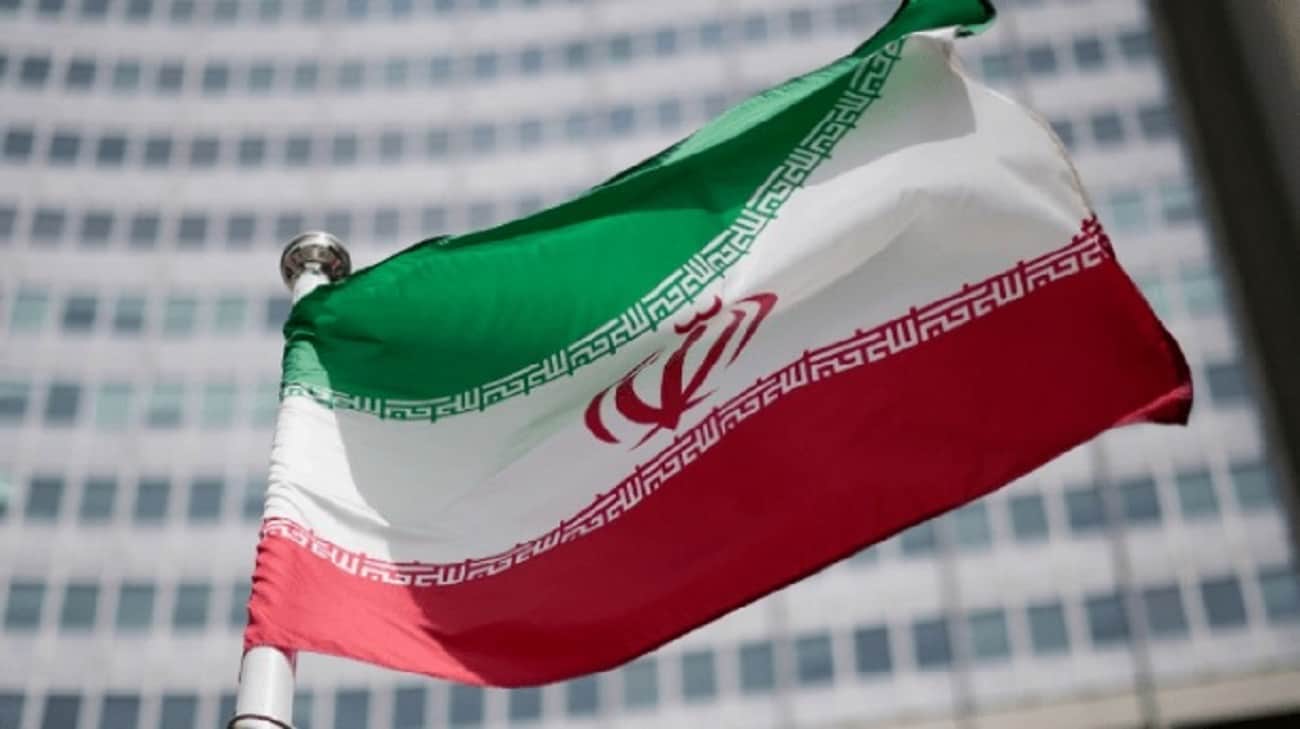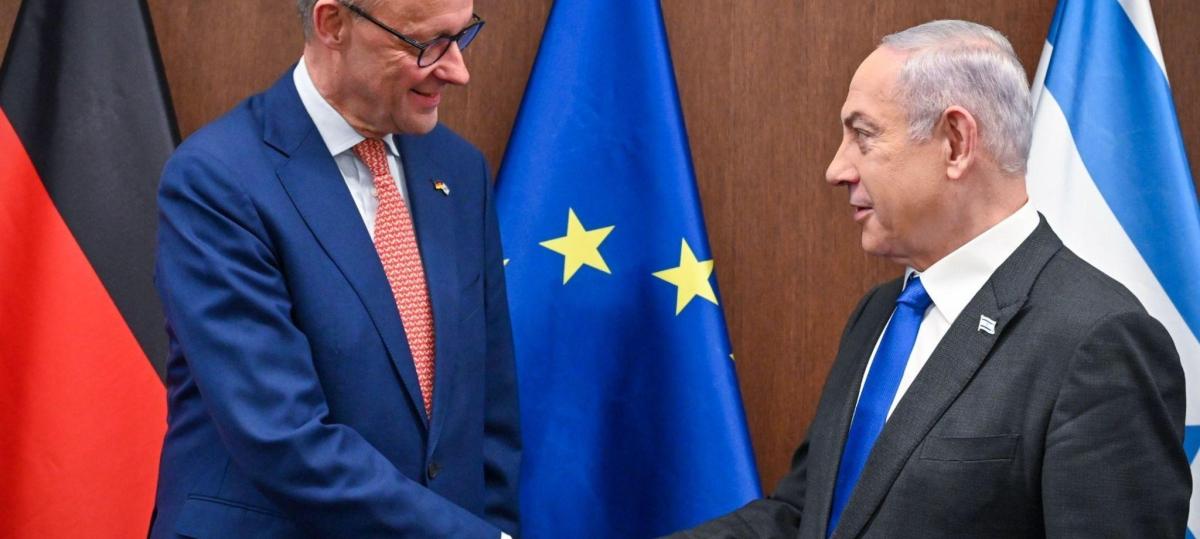Sotheby’s advance Sine Die Jewelry Auction

With an estimated value around 10 million euros, the auction of a set of jewelry over two thousand years and associated with the Buddha was a high moment of the Sotheby’s branch in Hong Kong.
But the controversy stalled when, on the eve of the session, the outraged voices against the sale of sacred artifacts joined a letter from the minister of Indian culture, which stressed « the illegality of the auction » and recalled that the artifacts are « classified as antiques » AA ‘in light of Indian law, and their withdrawal or sale was prohibited. Given the threat of legal action, Sotheby’s decided to postpone the auction, scheduled for the 7th. On the eve of the sale, a Londrina auctioneer who had commented that all due diligences had been made, « including the authenticity and origin, legality and other considerations », thus fulfilling the rules for the commercialization of works of art and antiquities.
The jewelry, known as ‘Piprahwa Gems’, dates back to the Açocana era of Empire Máuria, having been dated c. 240-200 BC his discovery in 1898 was considered one of the most sensational of that time. It was William Claxton Peppe, a British officer placed in colonial India who found them while digging a Stupa in Piprahwa (present Utar Pradesh), south of Lumbini, the place of Buddha’s birth. Next to 1800 jewelry, which included rubies, topazes, sapphires, and gold leaf, there were bone fragments that are thought to have belonged to the spiritual master.








